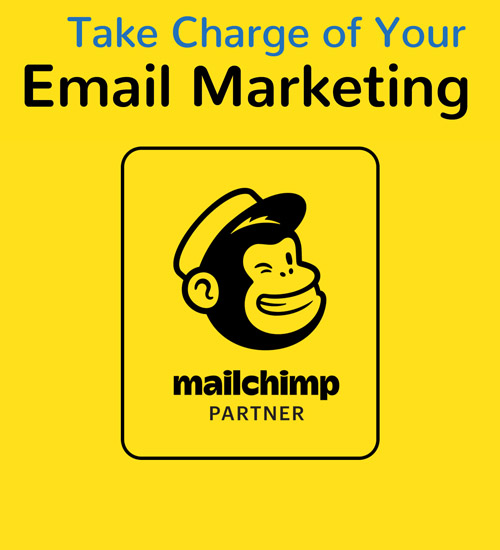As a business operator or manager, when you think about email marketing, you are bound to get stuck on the decision to use email databases – to buy or not to buy, is the question. Even if you are not inspired by Shakespeare, you will wonder whether you should go for in-house email list building or just buy a database.
Inspired by the question, you may start looking for some answers. Two key figures that will pop-up when you go online to find answers:
- Over 5.6 billion email accounts existed in 2019. If you try to find an answer using this number, you will end up thinking that building an email list all by yourself will be a herculean task. And – you would be partially correct.
- Over $350 million was spent on email marketing in 2019. While thinking about this number, if you believe that a good amount of it was invested in acquiring email leads – you would still be partially correct.
There are benefits and losses to both email list building and simply buying a database. So, no matter what you do, you will be partially correct and partially wrong. That said, there is a mechanism to think about this in a more structured manner.
Instead of focusing on whether you should buy a database to send mass emails or should invest in a series of campaigns to acquire leads, try answering these questions:
1. Have you run a lead generation or an email marketing campaign in the past?
This is the simplest way to think about this problem. Analyse your older campaigns.
“The thumb-rule is that the campaign should have been run in the last three years. That way, you can be sure that any leads generated back then are still relevant. If you have not run any campaigns in the last 24-30 months, you should buy an email database.”
The thumb-rule is that the campaign should have been run in last three years, so you can be sure about the active nature of any leads you generated back then. If you have not run any campaigns in the last 24-30 months, you should start thinking about buying an email database. Spending time and resources for acquiring new email leads will simply take a lot of time for you. Instead, you can buy a database and start optimizing your campaigns at scale.
2. What is the expected lifetime value of each email lead you have access to?
When you answer this question, think about the leads you currently have access to and the leads you might have in the future. I have seen several businesses make the same mistake of acquiring unhealthy growth.
Yes, there is a form of unhealthy growth when it comes to digital marketing. If you are spending more money in acquiring a new lead than the probable lifetime value of the lead, you are up for some challenges. Either you have to immediately fix something in your marketing funnel or you have to create a roadmap for making your campaigns more efficient.
“This is where your market will start feeding into the decisions you have to make about email list building. If you are in a niche market where the lifetime value of a customer is very high, it will make sense to focus on list building. You can do this in-house or hire an expert.”
This is where your market will start feeding into the decisions you have to make about email list building. If you are in a niche market where the lifetime value of a customer is very high, then it will make sense to focus on list building. You can do this in-house or hire an expert.
If you are in an industry where the average ticket price is not that high, you may want to think about buying an email database. This will be logically correct because spending more time in acquiring a new lead will not result in incremental revenue of the same proportion.
3. Engage with experts, after you have validated their expertise.
You can stop reading this blog here and go to any digital marketing group on LinkedIn or Facebook. You will find people selling email databases for peanuts. As a business operator, you may get excited at the low costs of these databases. But you should avoid them at all costs.
The problem with these email databases available in large numbers and low costs is that they are acquired using some form of web-scraping. Most websites have banned web-scraping; but there are people who use some shady methods for acquiring such databases.
The problem begins when you start building campaigns around these databases. You will soon find that the database has way too many irrelevant email IDs which don’t belong to your target audience. You will also face issues in email delivery for mass emails. Such databases have a ton of inactive email IDs. This leads to increased bounce rates. This can potentially lead to your email ID getting flagged as spam and definitely lead to lower email marketing ROI.
“Look for a comprehensive service that includes acquiring email leads, database management, email design and campaign execution.”
There are a ton of self-proclaimed experts selling email databases and courses on building an email list. Look for a comprehensive service that includes acquiring email leads, database management, email design and campaign execution. Search for MailChimp experts who have proven industry experience, clientele and the necessary licenses – before you invest in anything.
In Conclusion
Email databases are an asset for any business. Hence, it makes sense to spend some time in thinking about them, before you spend a lot of money in acquiring and using them. The shortest path of thinking is this – history of lead generation campaigns, lifetime value of customers and access to expertise. Think on these rubrics and you will definitely have an answer to whether you should buy an email database or focus on building one.





